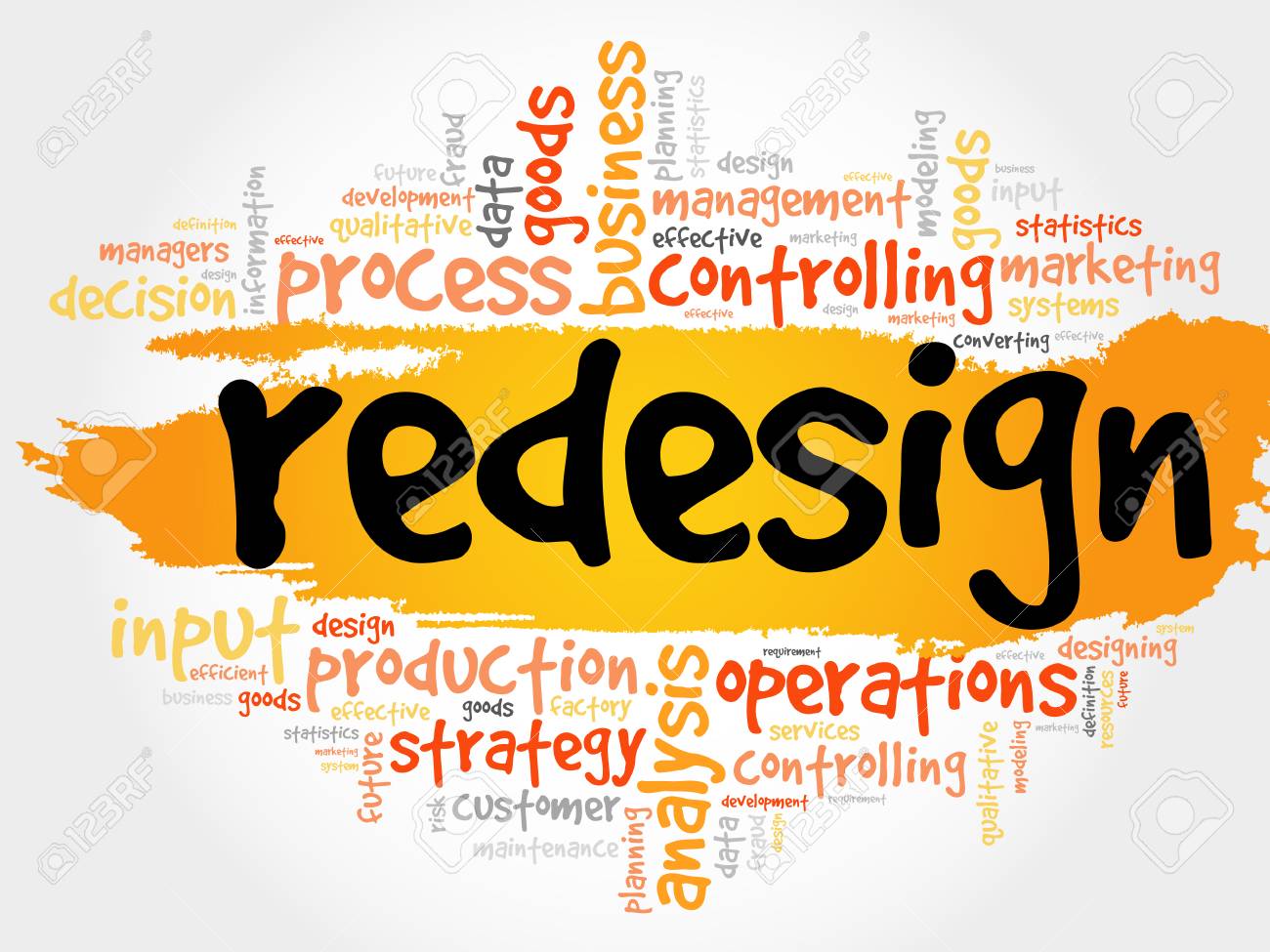Description
- include improving the website’s aesthetics, usability, accessibility, search engine optimization (SEO), and conversion rates.
- Analyze existing website: Next, the existing website is analyzed to identify strengths, weaknesses, opportunities, and threats. This can involve evaluating the website’s design, content, functionality, user experience, and performance metrics.
- Develop a design plan: Based on the analysis, a design plan is developed, which outlines the goals, scope, timeline, and budget of the website redesign. The plan may include wireframes, mockups, and prototypes of the proposed website design.
- Content creation and migration: Once the design plan is approved, content creation and migration can begin. This involves creating new content, updating existing content, and transferring content from the old website to the new one.
- Develop and test website: The website is then developed and tested to ensure that it meets the design objectives and is fully functional. This includes testing for usability, accessibility, and compatibility with various browsers and devices.
- Launch website and post-launch testing: After the website is fully developed and tested, it can be launched. Post-launch testing is conducted to identify and address any issues that may arise.
- Ongoing maintenance and updates: Finally, the website requires ongoing maintenance and updates to ensure that it remains secure, functional, and optimized for search engines and user experience.




Reviews
There are no reviews yet.